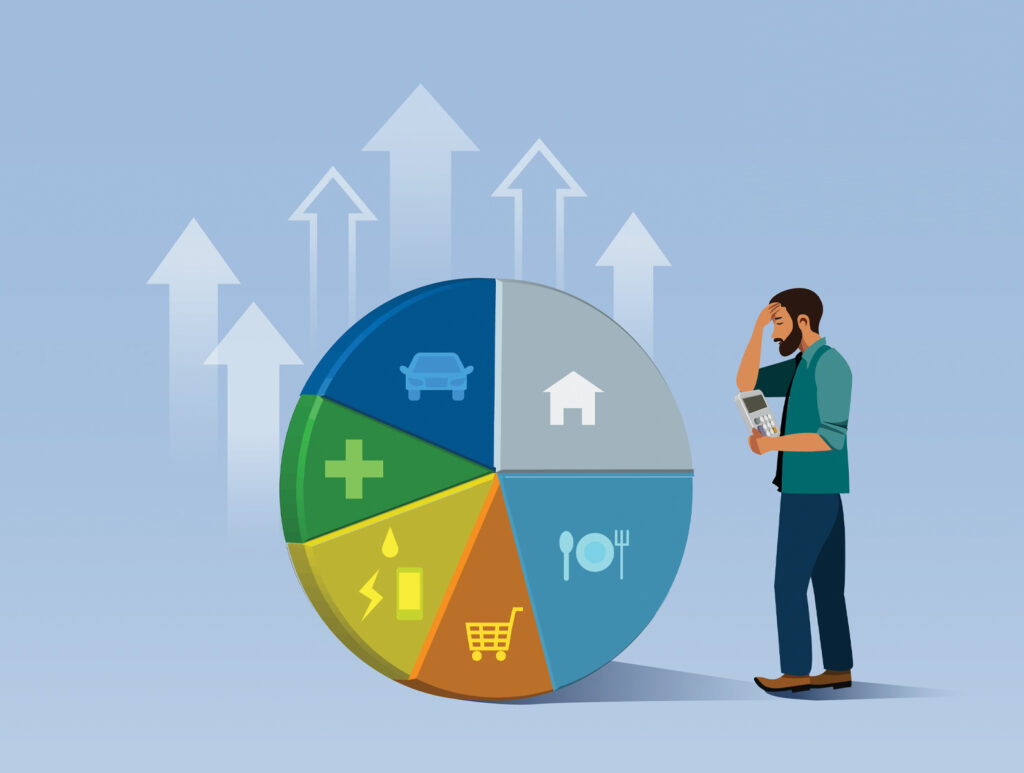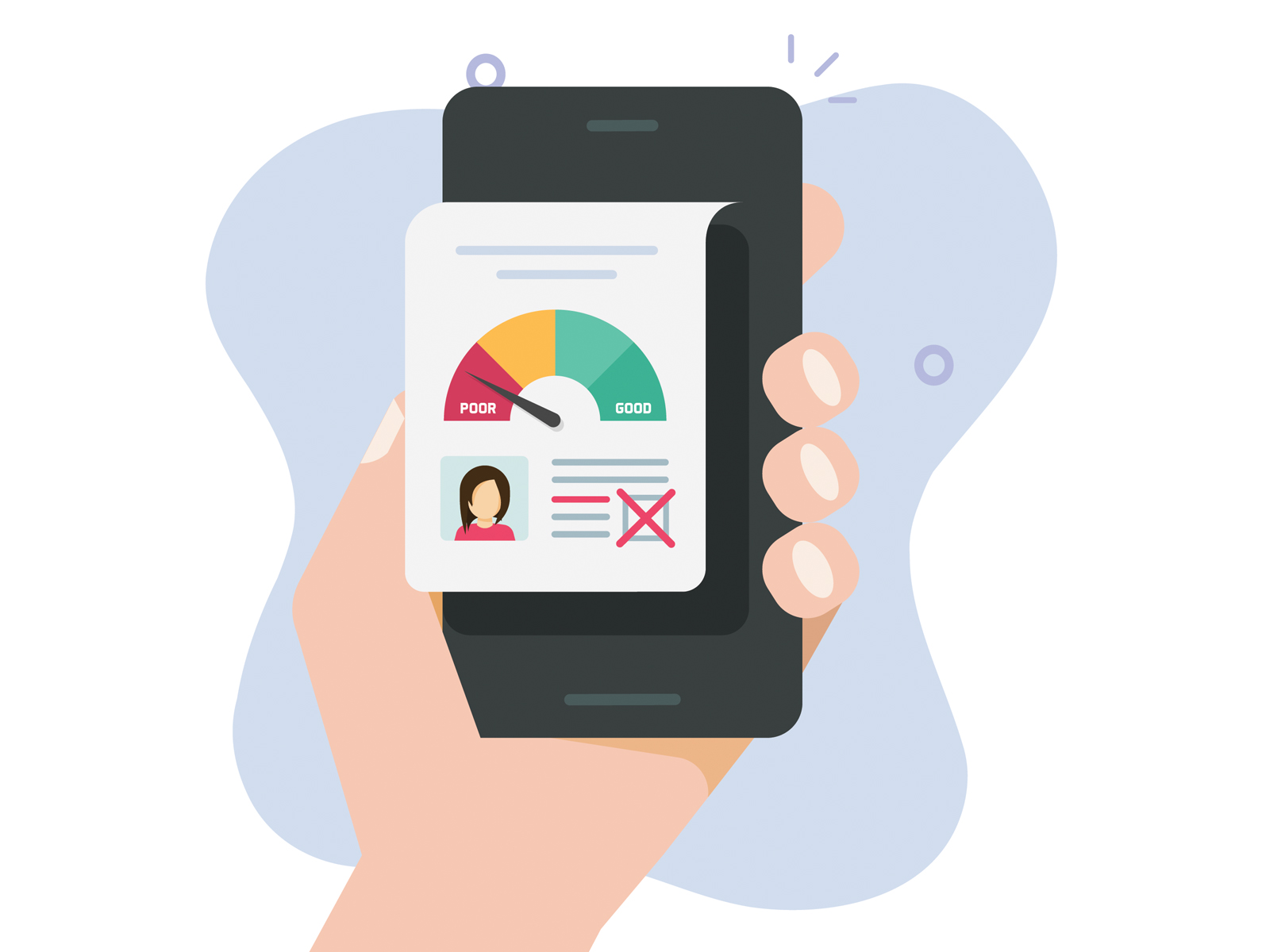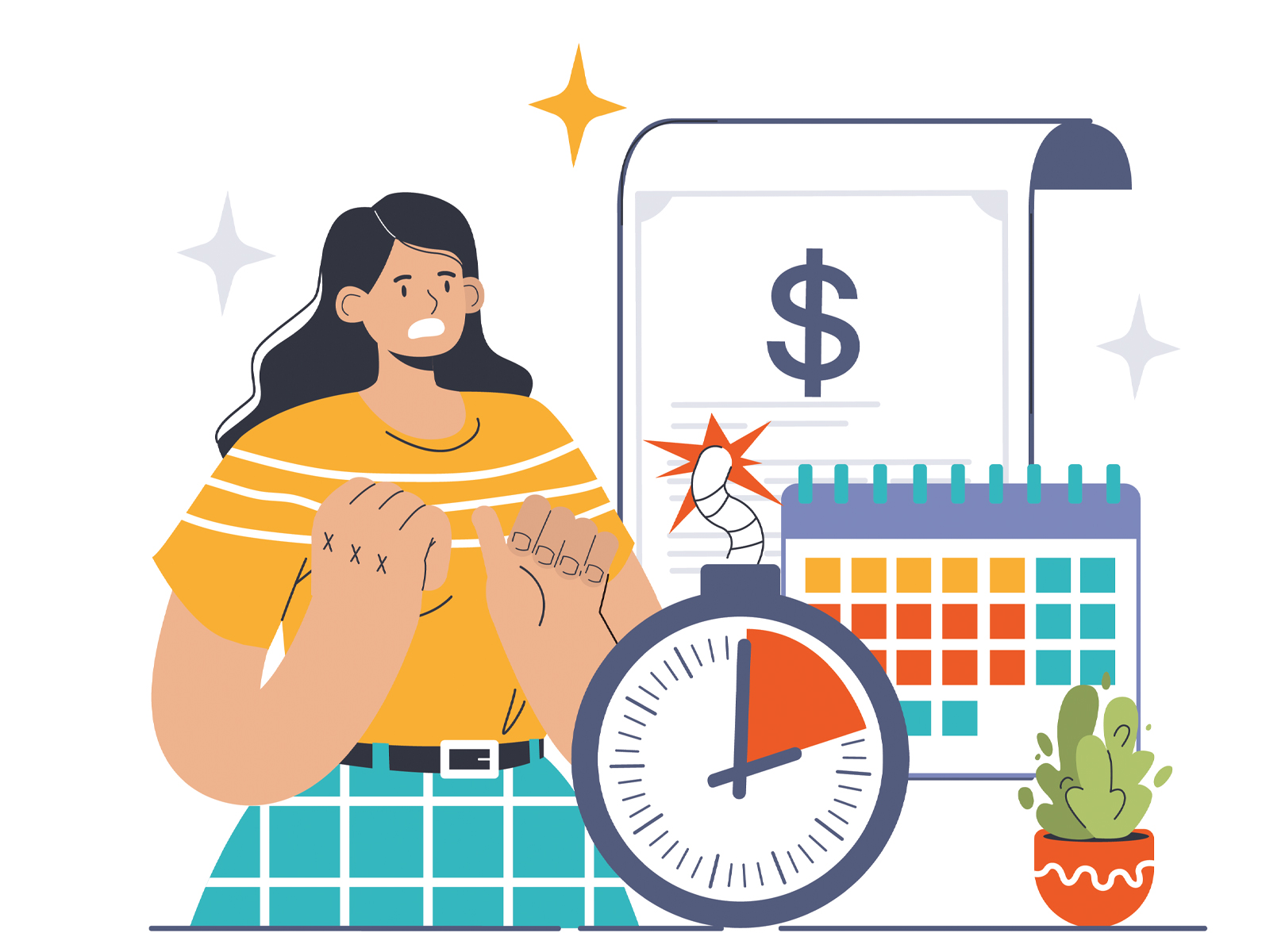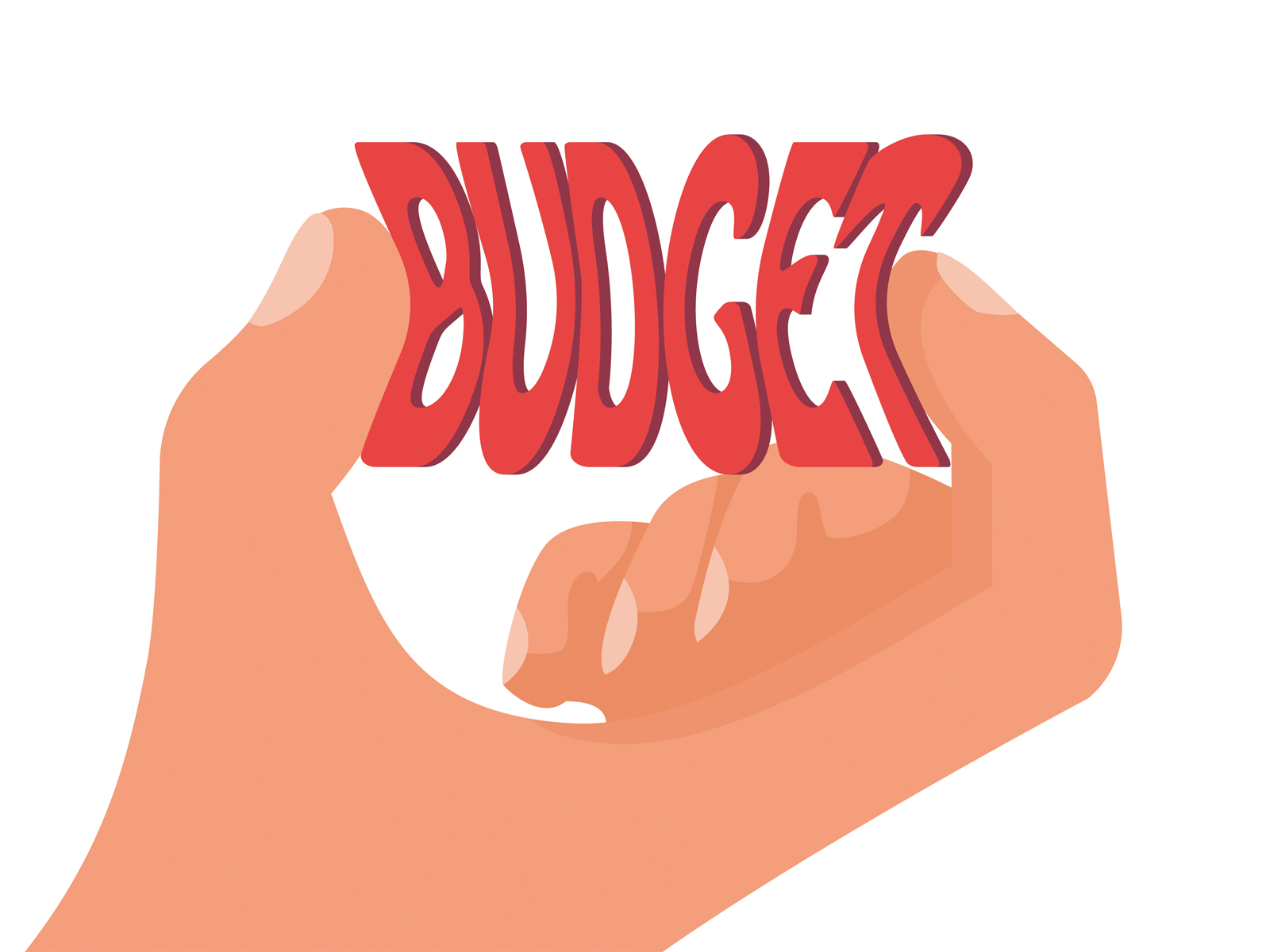Last month, we highlighted how 478,000 New Zealanders were behind on repayments — a sign that financial hardship was still widespread despite some encouraging trends. Now, the latest Centrix Credit Indicator Report (August 2025) shows arrears have inched up again.
The Reserve Bank recently cut the Official Cash Rate (OCR) to 3.00%, continuing its monetary easing cycle in response to subdued growth and softening inflation. This move has prompted banks to lower some mortgage and lending rates, giving certain borrowers a little relief. But for many households already stretched thin, the benefits have been limited. A single unexpected cost – like a car repair, medical bill, or school expense – is still enough to tip things over the edge.
Centrix data confirms this pressure: 480,000 people are currently behind on at least one repayment, representing 12.41% of the credit-active population. That’s 2,000 more than in July, showing that arrears are still heading in the wrong direction.
Some Positives Among the Pressure
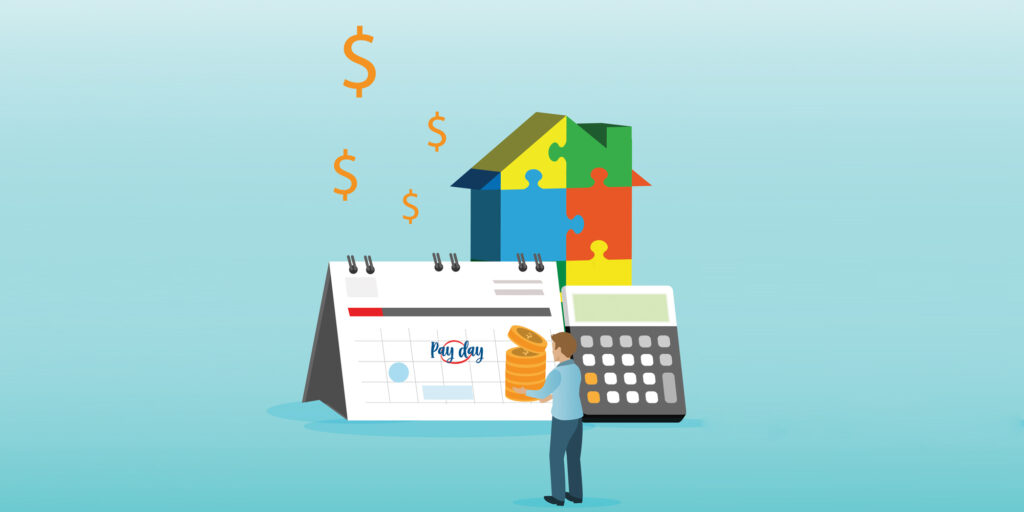
There are glimmers of good news. Late-stage arrears – accounts more than 90 days overdue – have eased slightly, suggesting that while more people are falling behind, the most serious cases may be stabilising.
Mortgage borrowers are also doing better. Mortgage arrears dropped to 1.38%, with about 21,200 home loans past due – 400 fewer than in June. At the same time, refinancing is surging. Mortgage enquiries are up 16%, and new mortgage lending has risen 24.4% year-on-year as more borrowers lock in lower rates.
However, financial stress is still very real. Mortgage difficulties make up 44% of all hardship cases, showing that even with improvements, many households continue to struggle to keep up with repayments.
Diving Into Loan Types

The report also sheds light on how different kinds of loans are performing – and the picture is mixed.
Personal loans remain one of the toughest areas, with arrears sitting at 9.1% in July. This marks the fourth month in a row of improvement, but at nearly one in ten borrowers behind, personal loan debt is still a major pressure point. Because these loans are often used to cover everyday costs or consolidate other debts, missed payments highlight just how tight household budgets continue to be.
Buy Now, Pay Later (BNPL) arrears fell slightly to 7.3%, roughly the same level as last year. While this shows things aren’t getting worse, the numbers remain high. BNPL is marketed as interest-free, but with multiple accounts in play, many consumers overextend themselves – and missing payments can lead to expensive fees and a mark on their credit file.
Credit cards are the standout area of improvement. Arrears are steady at 3.9%, the lowest level since August 2022 and more than 12% lower than a year ago. This suggests more Kiwis are keeping on top of their card repayments, possibly by paying down balances or moving debt into lower-cost options like personal loans or refinancing.
What It All Means

The August numbers show arrears creeping higher again, even as some indicators improve. Mortgage borrowers are starting to benefit from refinancing and lower rates, and credit card arrears are easing. But with nearly half a million Kiwis behind on payments – and mortgages still making up the largest share of hardship cases – the financial strain is far from over.
Loansmart has seen a surge in people requesting financial assessments as households look for ways to reduce repayments and create a discretionary income buffer. With the Reserve Bank’s OCR cuts and a drop in mortgage rates, there are positive economic signals – but many families are still under financial strain.
“At LoanSmart, we know these figures represent more than just data points – they’re real people under pressure,” says Murray Greig, Founder of LoanSmart. “We’re finding that more New Zealanders are coming to us for financial assessments, wanting to understand how they can consolidate debt, lower repayments, and free up some breathing space in their budgets.”


